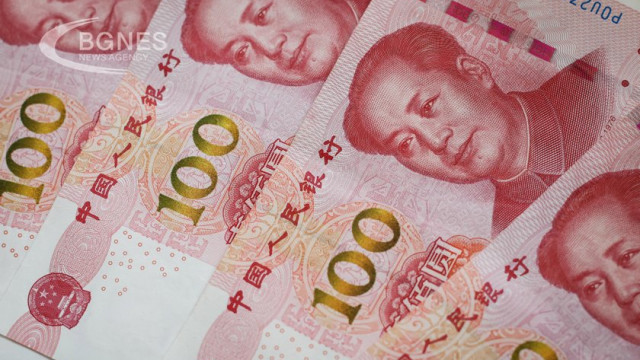China's central bank has cut the key lending rate, used to set mortgage prices, as Beijing tries to boost its faltering growth, AFP reported.
Authorities in China are struggling to boost economic growth as they face several headwinds, including a lingering crisis in the real estate sector, rising youth unemployment, and a global slowdown that has dampened demand for Chinese goods.
The key five-year lending rate (FBIT) was cut from 4.2 to 3.95, the People's Bank of China said - the first cut since June.
It was the biggest rate cut since it was introduced in 2019, according to Bloomberg, and was less than expected by economists polled by the financial news agency.
The one-year OLP, which serves as a benchmark for corporate loans, remained unchanged at 3.45%. The one-year interest rate was last cut in August, while the five-year LPR was previously cut in June.
The actions aim to encourage commercial banks to grant more credit at more favorable interest rates.
They are in stark contrast to most other major economies, where interest rates have been raised to curb inflation - part of a global slowdown that is affecting demand for Chinese exports, long a key driver of growth.
The decision follows a series of mixed indicators for the world's second-largest economy.
Last year, China posted one of its worst annual growth rates since 1990, dampening hopes for a rapid economic recovery after draconian Covid restrictions end at the end of 2022.
Activity has also been hit hard by an unprecedented crisis in the real estate sector, a key driver of Chinese growth that long accounted for more than a quarter of the country's GDP.
In January, consumer prices fell at their fastest pace in more than 14 years, increasing pressure on the government to take more aggressive steps to revive the battered economy.
Deflation can be a drag on company profitability and hurt employment and demand in the long run.
Last month, Beijing announced it would lower the amount banks must hold in reserve, known as the reserve requirement ratio.
In recent months, policymakers have announced several targeted measures, including the issuance of billions of dollars in government bonds, to boost infrastructure spending and boost consumption.
But that, as well as recent announcements involving central bank interest rate cuts and measures to stimulate lending, have so far had little impact.
Analysts say a "bazooka" stimulus plan is needed to restore confidence.
Still, there were some bright moments. Official data showed consumption rebounded during the recent Chinese New Year holiday, surpassing even pre-pandemic levels.
But analysts warned that the slightly longer-than-usual holiday period this year meant the comparison was likely to be skewed. /BGNES







